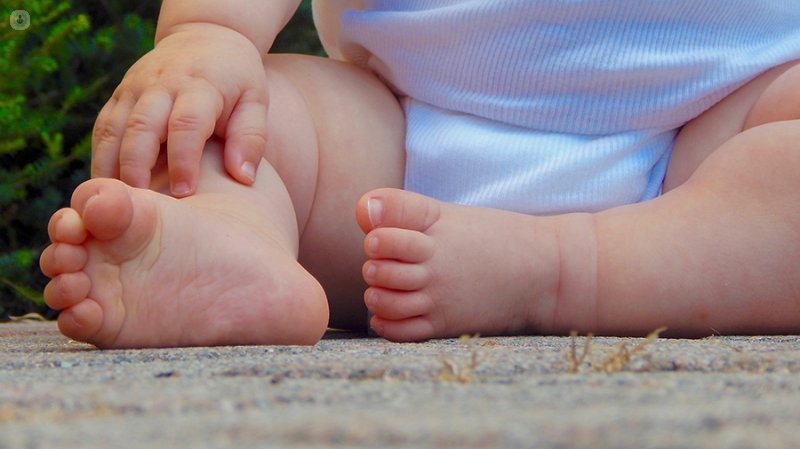Angulation of the knees, a common concern for parents
Written by:
A common concern of parents is the alignment legs presenting their children to look at them from the front. This alignment presents different types within normal limits, meeting with:
- Bowlegged, called genu. Occurs when separate knees and ankles together.
- straight
- X-shaped, called genu valgus. When the knees and ankles together separate.
This alignment changes as the child grows from birth to 18 months - 2 years it is normal to observe a genu. From this age the lower extremities are aligning to receive an genu valgus progressively increasing to 3 - 4 years. Subsequently it reduced again to the 7-9 years when the child already has the form that will keep the rest of life.
At the end of this evolutionary process common situation is a mild genu valgus, although his presence or that of a moderate are also normal. The essential thing is not aesthetics, that like more or less the shape of the legs, but the consequences that this form can bring in the future on knees. While the shape of the legs allows the transmission weight from hip to ankle and knee pass-centered, alignment is correct. If this load transmission is carried out outside or inside the knee, the alignment is not correct.
On occasion misalignment may stem from conditions such as Blount's disease, metabolic disease, bone dysplasias, sequelae of fractures or infections.
For the specialist child Traumatology assess whether the alignment is correct or not and if it can be due to a condition usually is enough physical examination of the child. It is essential to note the alignment corresponding to each age.Should suspect the existence of alterations if a genu that persists beyond 3 years is appreciated and is progressive a genu valgus separation greater ankle 9 cm after 8 to 10 years or if there is asymmetry between the two legs. In the clinical possibility of improper alignment radiographs are made.
In most cases therefore the evolution over the first years of life leads to normal alignment, so any treatment is needed more than regular observation. In addition the use of orthotics, insoles ... fails to alter this evolution. Where there is a presence of any pathology that causes deformity or varus valgus or exceed normal values, the recommended treatment is usually surgery.
If the child has reached the end of development is needed corrective osteotomies, ie cutting the bone to change its alignment. This is an aggressive surgery and can have complications. However, if the child is still sufficient growth can make what we call a "guided growth", a simple technique that orients bone growth to gradually correct alignment.
So before resorting to unnecessary and ineffective treatments parents should consult their pediatrician or a specialist in Child Orthopedics. Chances are that the child does not need any treatment, but if required it is important that growth has not been completed to correct the simplest way possible.


